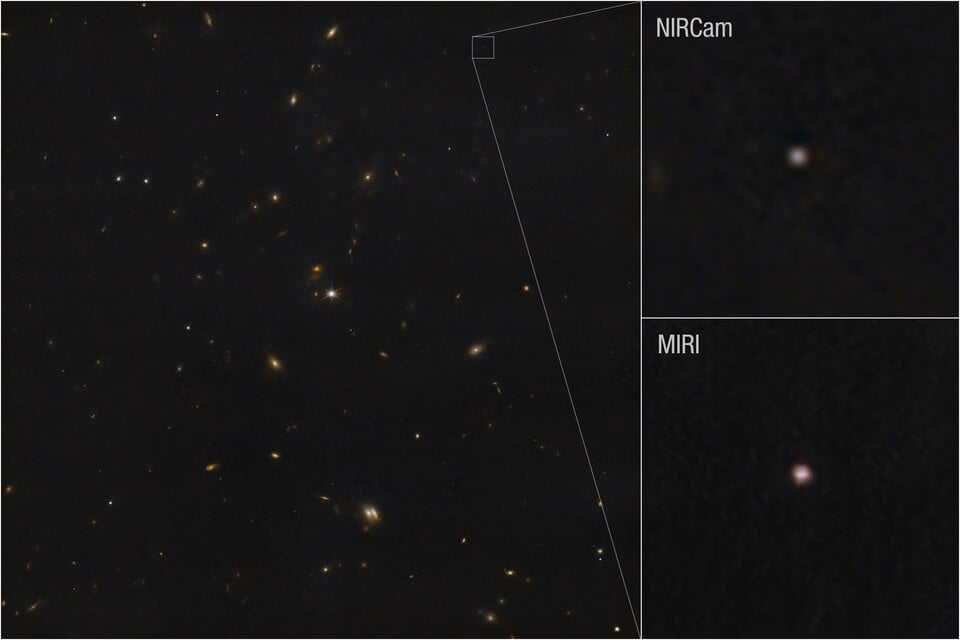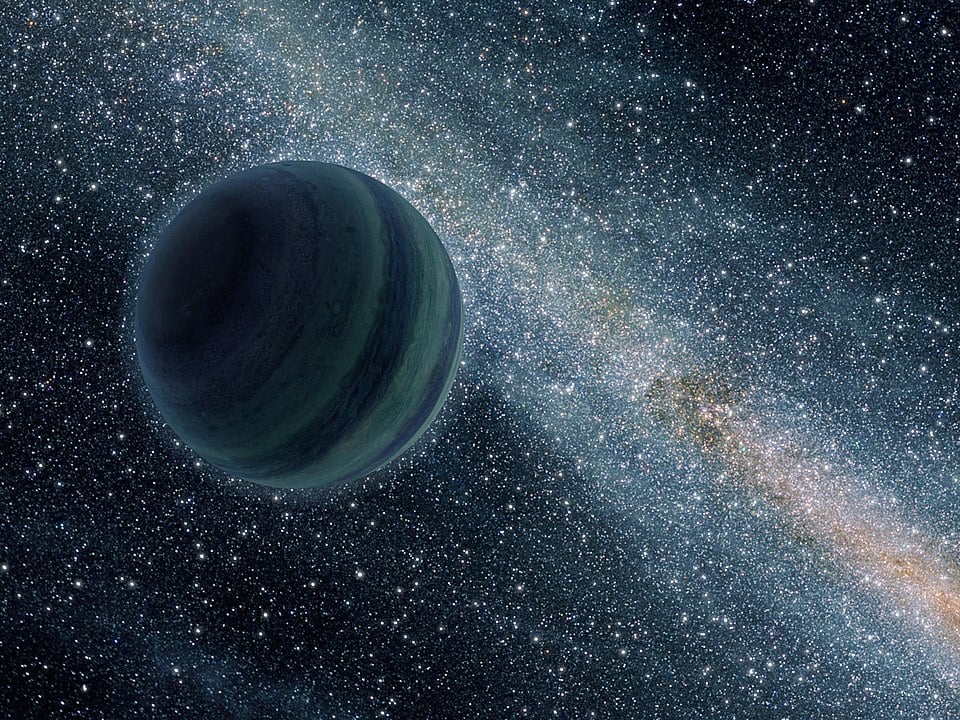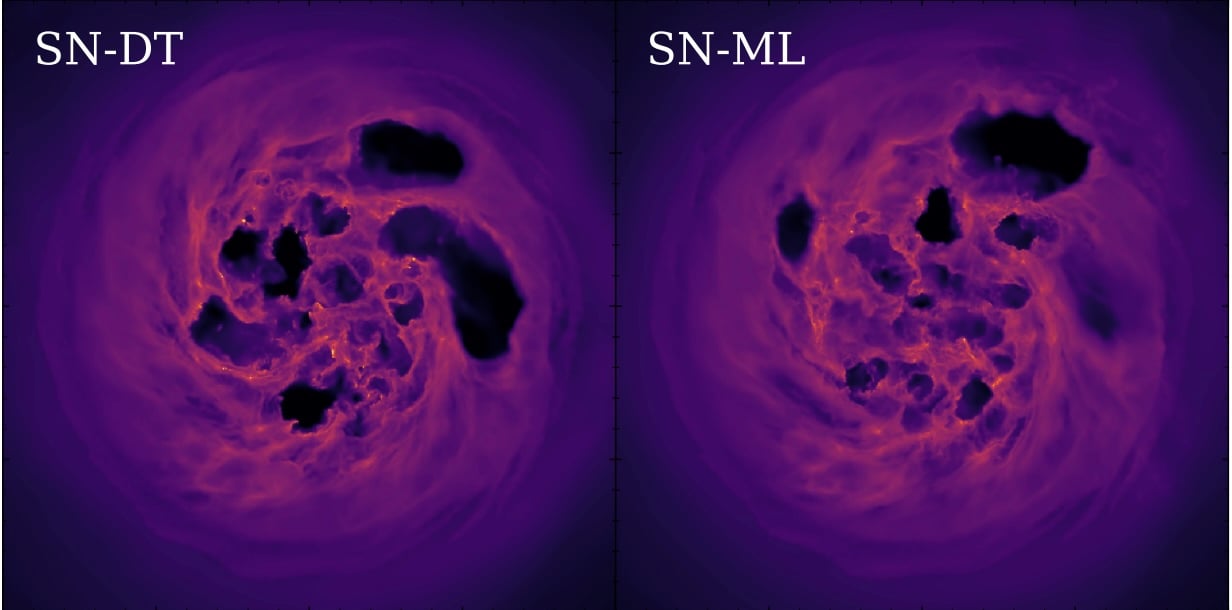|
Space News Feeds |
|
Universe Today
|
Space and Astronomy News from Universe Today
|
-
Space Park Leicester and the ESA are Building a Lab that Could House Extraterrestrial Samples Someday

-
Will YR4 Hit the Moon? We Won't Know Until 2028

Earlier this year, asteroid 2024 YR4 was discovered and found to have a trajectory through the Earth/Moon system in 2032. The world's telescopes focused on the potential threat and downgraded the chance to negligible for the Earth...but it still has a non-zero chance of hitting the Moon. As the asteroid became too dim to continue observing, its Moon impact chance stood at 4%. When will we update this number? Not until it does another close flyby in 2028.
-
Old Hubble Space Telescope Photos Unlock the Secret of a Rogue Planet

Astronomers have made a breakthrough by using 25 year old Hubble images to investigate a potential "rogue planet" drifting through space without a host star. When a brief gravitational microlensing event occurred in 2023, researchers discovered Hubble had photographed the same location in 1997, creating an unprecedented quarter century baseline. Finding no stellar companion in the archival data strengthened evidence for a rogue planet with mass between Earth and Saturn, demonstrating the scientific value of space telescope archives for studying these elusive worlds wandering the Galaxy alone.
-
Machine Learning is Surprisingly Good at Simulating the Universe

Some of the most powerful supercomputers in the world are designed to simulate complex astrophysical processes, like what's happening inside a giant star as it's going supernova. But researchers have developed a new machine learning algorithm that was able to accurately simulate galaxy evolution with fewer computer resources and dramatically more quickly than a supercomputer, which could take years to fully process.
-
If Dark Energy is Decreasing, is the Big Crunch Back on the Menu?

Astronomers once wondered if the Universe might one day collapse in on itself in a Big Crunch, but the discovery of dark energy suggested that the expansion of the Universe would accelerate, removing that possibility. New data from the Dark Energy Spectroscopic Instrument suggests that dark energy might be changing in strength over time, maybe even going negative. If that result holds, are we due for a Big Crunch? And how long would it take?
-
High-Speed Gas Clouds Fuel Star Formation in Depleted Galaxies

How do galaxies like ours continue producing stars long after they should have used up their star-forming gas. Somehow, an external gas source must find its way into the galaxy. New research has found evidence of gas clouds that found their way into a spiral galaxy, likely fueling continued star formation.
-
A Star Detonated as a Supernova... Twice

The beautiful supernova remnant looks a little different from other examples of stars that detonated in the past. And it should, because according to astronomers, the star that met its end exploded twice. It was a white dwarf in its former life, pulling material from a binary companion, creating the perfect conditions for a Type 1a supernova. It accumulated a blanket of helium, which exploded first, triggering a second detonation at the core of the star.
-
Peering Into a Starburst Galaxy With the JWST

Astronomers used the JWST to examine M82, a nearby starburst galaxy. M82 is forming stars at a prodigious rate due to its interactions with its neighbour, M81. It produces thousands of solar masses of stars per year, much more than the Milky Way.
-
Tianwen-2 Looks Back at the Earth

China's asteroid probe turned its cameras back towards the Earth and Moon, capturing an image of our home planet on May 30, 2025. The image was taken when the spacecraft was about 590,000 km away, speeding towards asteroid 2016HO3, where it will retrieve a sample and bring it back to Earth before carrying on to main-belt comet 311P. The spacecraft has been in flight for 33 days and is now over 12 million kilometers from Earth.
-
In the Search for Earth-like Worlds, We Should Probably Focus on Red Dwarfs

According to the latest studies led by Heidelberg University astronomers, low-mass stars quite often host Earth-like planets. Data collected as part of the CARMENES project were the basis of this finding. By analyzing the data, an international research team succeeded in identifying four new exoplanets and determining their properties.
|
|



 Space News Feeds
Space News Feeds 














 Aurora Watch Website. Version 1.0.
Aurora Watch Website. Version 1.0.